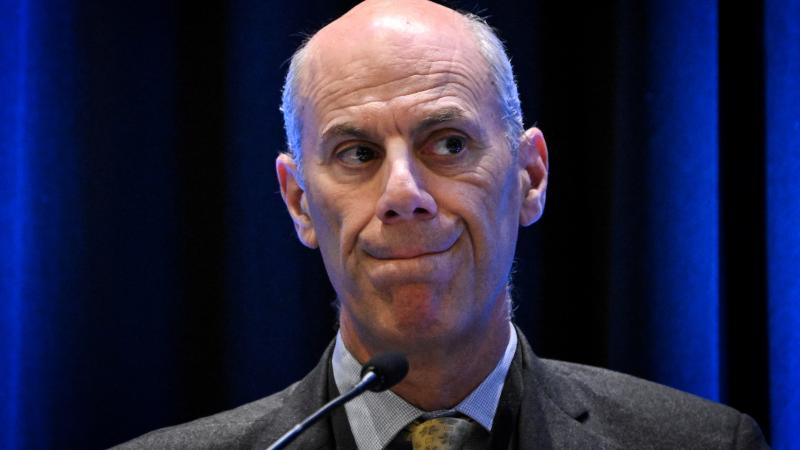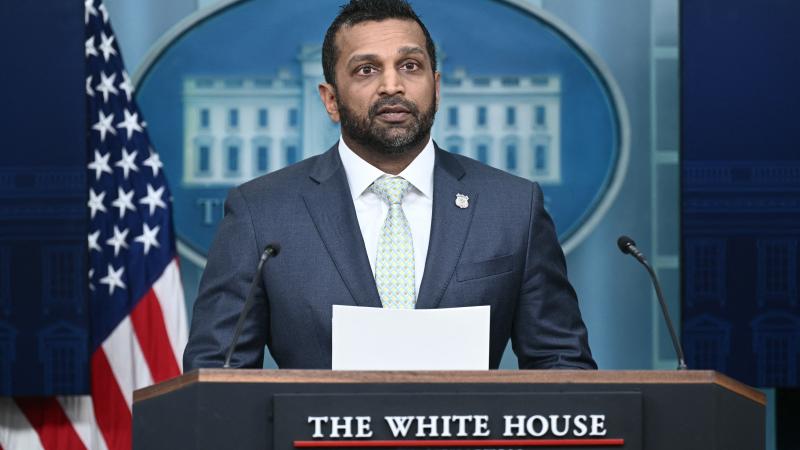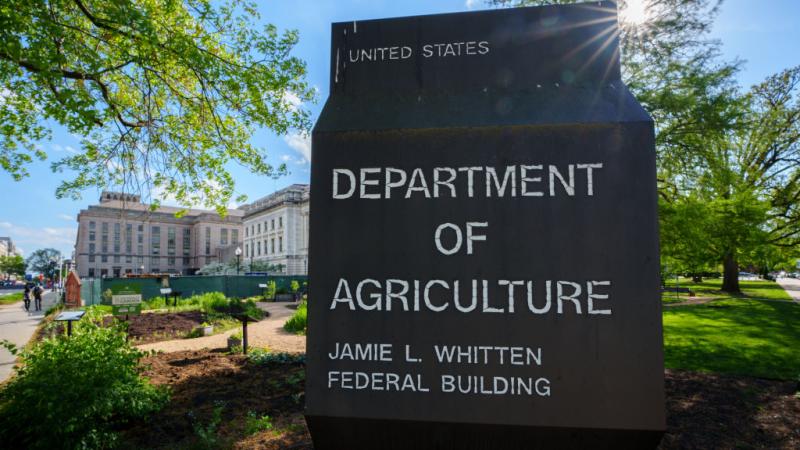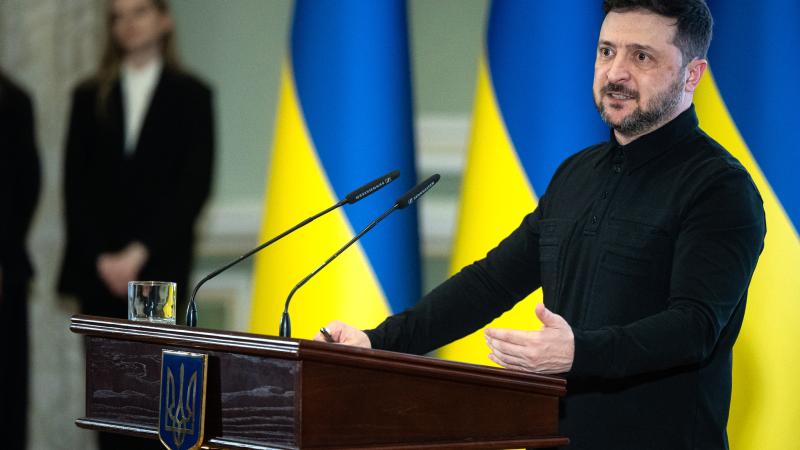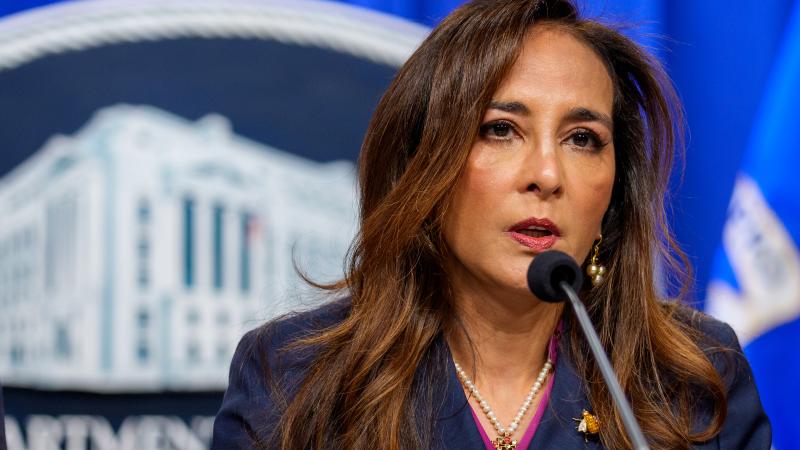Black cop, white victim, no riots: A 2017 Minneapolis killing foreshadowed failed police reforms
A decade of reforms inside the Minneapolis police department failed to stop two tragic killings by officers in 2017 and 2020.
For nearly a decade, Minneapolis police made a much-ballyhooed effort to improve conduct, creating a new early warning system for potentially abusive officers and inviting the U.S. Justice Department to do its own critique.
But the aura of progress was pierced on a summer night in 2017 when Justine Ruszczyk, an Australian woman just weeks from her wedding to an American, called Minneapolis police to her home because she believed a screaming woman in the alley was being attacked.
When the officers arrived, Ruszczyk came out of her house dressed in her pajamas and armed with nothing but a cell phone, startling one of the officers who feared an ambush.
Officer Mohamed Noor fired through his partner’s window, striking the unarmed Ruszczyk in the stomach with a fatal shot.
Noor, one of the department’s first Somali immigrant hires, was supposed to be a symbol of the department’s progressive new approach to policing.
But somehow training, instinct or simple fate shattered whatever confidence Minneapolis had gained in the department reforms begun in 2009.
While there were no riots, the killing created alarm on two continents, cost the police chief who had promoted reform her job, cost the city a record $20 million settlement and landed Noor in prison for more than 12 years, ending a promising career just two years after police academy.
The 2017 incident, for policing experts, was a harbinger that a department with a long history of distrust within its community and an admitted problem with abusive or overreaching officers had not turned a corner like those who promoted reform had hoped.
Those fears became reality last week with the death of George Floyd, a black man, at the hands of a white officer who knelt on the suspect’s neck for a stunning eight-plus minutes.
The 2017 and the 2020 episodes are a powerful reminder that the cultures of distrust and abuse are well entrenched, on both sides of the police equation, even in communities that attempt so-called police reforms.
Noor testified, for instance, he so feared he had been lured into an ambush inside a community with much animus between police and citizens that he fired a shot at a women in pajamas because he believed his partner was about to be injured. His partner backed him up, though a jury did not buy the argument.
One troubling aspect was that both officers were wearing body cams, but neither had them on. The episode created new reforms.
Thirteen months before Floyd’s death, the city came to grips with another issue: Some of its officers for years on their own had been taking “warrior-style” training often reserved for soldiers that teaches hypervigilance and encourages a mindset that threats are ever present.
Minneapolis Mayor Jacob Frey put an end to such training in April 2019. “Fear-based trainings violate the values at the very heart of community policing,” the mayor said at the time. “When you’re conditioned to believe that every person encountered poses a threat to your existence, you simply cannot be expected to build out meaningful relationships with those same people.”
Frey’s decision was applauded, but it failed to address the deep-seated fears that dirove officers to feel they needed such combat-like training.
The department also instituted in 2009 a tracking system designed to flag officers at risk of committing abuses and counsel them early. There was much applause for that early intervention system, too.
But a 2015 U.S. Justice Department study of the Minneapolis department found the much-ballyhooed program suffered from many shortcomings, including that officers didn’t embrace the solution.
“Limited systematic input from MPD staff impeded buy-in and shared definition of problematic behaviors,” the DOJ study warned.
It added three other criticisms: The program was “reactive” and “did not fully address prevention and risk management, interventions to problematic behaviors [were] limited mainly to coaching and [there was] limited systematic input from personnel to inform types of behaviors and thresholds.”
You can read the DOJ report here:
In the end, all the training and monitoring and consultants the Minneapolis police had brought in over a decade couldn’t stop either the 2017 or 2020 tragedies.
Fear, ignorance or anger grown over decades of distrust between a police force and its community prevailed. And there is ample evidence that frontline police officers never fully embraced the solutions imposed by political leaders, a point flagged by the 2015 DOJ report.
That is why Attorney General William Barr on Sunday suggested a new approach when the smoke clears in Minneapolis and around the country after the riots: a more systemic solution to the distrust among citizens and officers that has festered too long.
Barr declared that “urgent work” needs to be done to bring reconciliation "through constructive engagement between affected communities and law enforcement leaders to address legitimate grievances.”
The Facts Inside Our Reporter's Notebook
Documents
Links
- Officer Mohamed Noor fired through his partnerâs window, striking the unarmed Ruszczyk in the stomach
- Noor, one of the departmentâs first Somali immigrant hires
- Noor in prison for more than 12 years
- Minneapolis Mayor Jacob Frey put an end to such training
- 2015 U.S. Justice Department study of the Minneapolis department
- Attorney General William Barr on Sunday suggested a new approach


